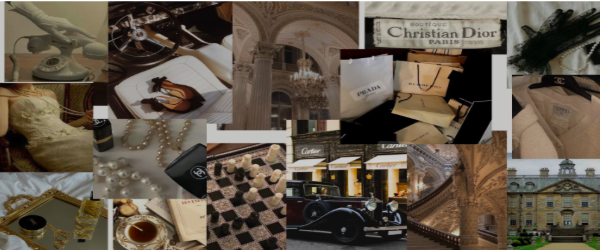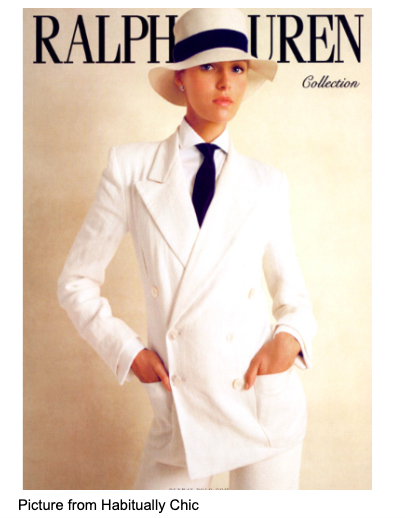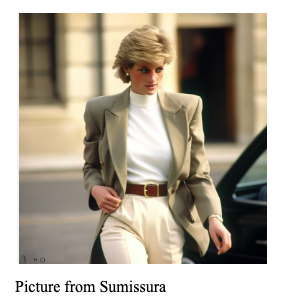The Controversy of the Old Money Aesthetic: Why Is It Still Trending?

BY ARIA KAZI
Crisp white polos, pearl earrings and vintage convertibles flood social media feeds using the #oldmoneyaesthetic as the tag for their caption. This idea of old money is the way TikTok understands it. But behind the linen and loafers lies a paradox; everyone wants to look like old money without the trust fund to match.
The old money aesthetic draws its roots from mid-20th-century European aristocracy and America’s East Coast elites. Oxford defines the term old money as “wealth that has been inherited rather than earned.” The style itself borrows from traditional prep, timeless tailoring, muted tones and a wardrobe that whispers rather than shouts. But why is this aesthetic trending in an age obsessed with authenticity and equality?

Nowadays, the old money aesthetic contributes a lot to the idea of aspiration. It has become a digital dress code, a fantasy of quiet luxury curated through sepia-toned filters and second-hand blazers. Going back to the 1980s, Ralph Lauren ads contain style that’s been borrowed from Ivy League prep and country club chic, white blazers, pearl earrings, faded chinos, clothes that whispered legacy rather than newly purchased. Fashion elites during the 20th century had this fashion understatement that was effortless.
A new life algorithm has arisen from the old world restraint.
Tiktok and Instagram have turned class aspiration into content creation. The modern aristocrat doesn’t have an estate, just good lighting, clean editing and a Zara blazer that photographs like vintage Chanel.

What makes the old money aesthetic controversial?
The look itself is not just about subtle wealth; the trend has shed its class-based associations. It’s an aesthetic that the trend has a large emphasis on quality and craftsmanship rather than the luxury that is expensive, and it’s a type of class cosplay, where privilege is reduced to a Pinterest board. Typically, it can be seen as an illusion of elegance that’s more about looking stable than being it. The old money aesthetic can be easily made into many personalities while still remaining practical and conscious minded, especially achievable in a circular fashion economy.
As DCU student Kaitlyn Firmo puts it, “some people buy the aesthetic because they want to appear “old money” or rich, and some people buy it because they like the modern fashion aesthetic and the way of living that comes with dressing like that.”
The aesthetic is miles away from sustainable fashion. In fact it’s a craving for high quality pieces of neutral shades that can be worn forever and last long, or even the penchant of becoming an influencer with this aesthetic. The aesthetic promises permanence, a fantasy of being untouchable by trends, debt or economic uncertainty. However the “new” old money aesthetic isn’t about being wealthy, but buying clothing that one can invent in their wardrobe by shopping for it consciously. Buying from second hand retailers, it allows people to embrace the classical style without feeding into fast fashion. Old money is not only about the clothes, it’s more about the control.
Our fascination says less about wealth and more about our collective craving for calm in an unstable world. Who needs a trust fund when you have good lighting and the illusion of quiet luxury?